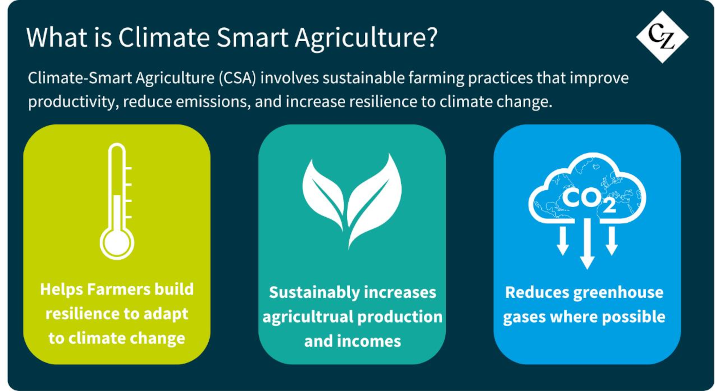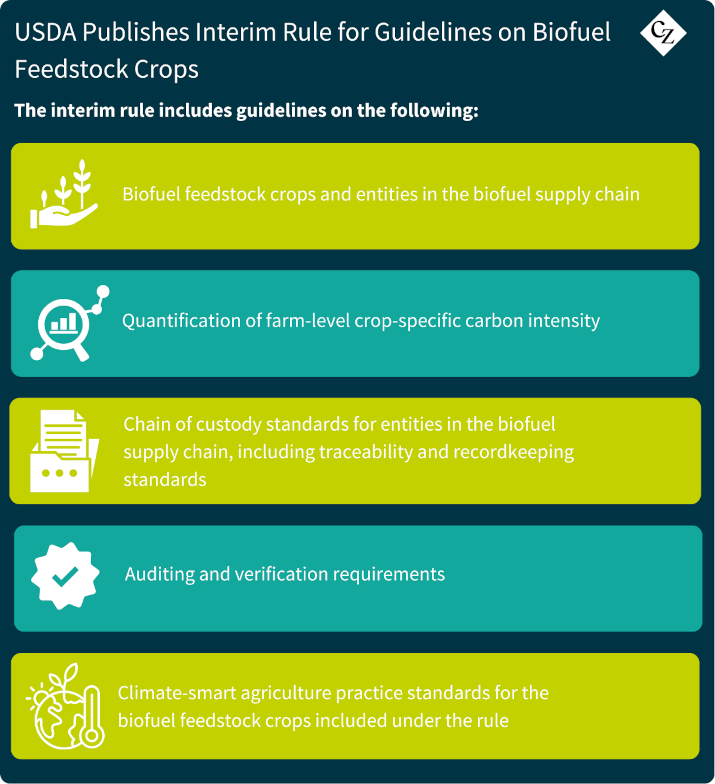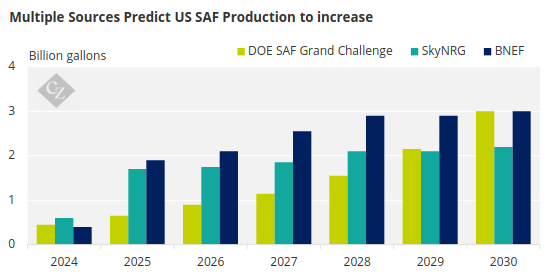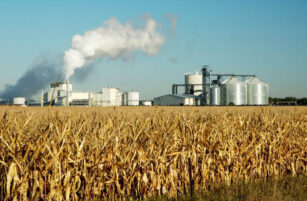Insight Focus
The USDA released interim rules for Climate-Smart Agriculture (CSA) in biofuel feedstock production. The new guidelines remove the carbon intensity threshold and support sustainable farming practices. Industry leaders have praised the rules for creating new opportunities and reducing carbon footprints in biofuel production.
USDA Releases New Interim Rule The US Department of Agriculture (USDA) recently released an interim rule on Technical Guidelines for Climate-Smart Agriculture (CSA) used as biofuel feedstocks.

The interim rule establishes guidelines for quantifying, reporting, and verifying the greenhouse gas emissions associated with the production of corn, sorghum, and other biofuel feedstock crops grown in the US.

Previously, CSA guidelines called for crops such as corn to meet a specific carbon intensity threshold to qualify for use in Sustainable Aviation Fuel (SAF).
The guidelines called for employing a crop production method of using in tandem a combination of three climate-friendly farming practices: not tilling the soil, planting cover crops, and using higher efficiency fertilisers.
Almost no US corn is currently grown using those practices in tandem. The interim rule removes this requirement.

Source: USDA
Industry Leaders Praise USDA
“America’s ethanol producers applaud USDA for publishing these important guidelines, and we sincerely thank Secretary Tom Vilsack for his extraordinary vision and leadership,” said RFA President and CEO Geoff Cooper. “The entire team at USDA deserves much credit for the enormous effort and technical work that went into this process.”
“These new guidelines begin to open the door to new value-added opportunities for farmers and renewable fuel producers,” he added. Cooper noted that emissions related to feedstock production account for more than half of ethanol’s carbon footprint. To date, he said policies and regulations have not allowed farmers and ethanol producers to embrace more efficient, lower-carbon feedstock production practices as a pathway for reducing the carbon intensity of renewable fuels and breaking into new markets like SAF.

Source: ING
“Today’s USDA guidelines finally create a much-needed structure for properly assessing, valuing and integrating the carbon reduction benefits of certain farming practices into lifecycle analysis,” Cooper said. “We thank USDA for developing this initial framework that could ultimately allow farmers to actively participate in carbon markets, bringing new revenue streams and unprecedented value creation to rural communities.”
Patrick Gruber, CEO of Colorado-based biofuels company GEVO, told news sources that USDA’s climate smart ag policy will benefit the biofuels industry by creating new opportunities to improve efficiency and economic value for biofuels.
It can also, he added, benefit the environment, using practices like no till, reduced till, cover crops, nitrification inhibitors and strategic timing of nitrogen fertiliser application. “If you add them up, it can have a significant impact on the (carbon) footprint,” he said.












